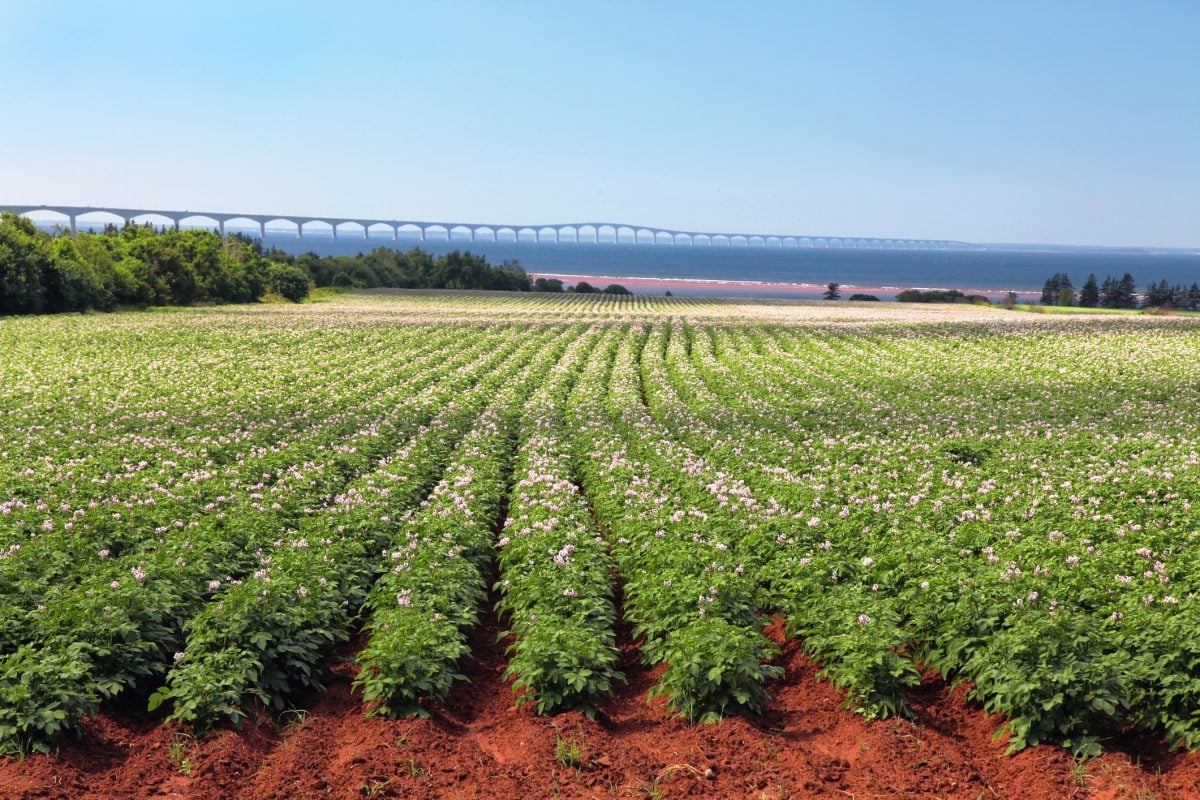Glacier FarmMedia—Manitoba experienced variable amounts of precipitation during the week ended July 7 as crops continued to develop despite excess moisture in most areas.
Spring wheat was in the flag to heading stage as fungicide to counter fusarium head blight was applied. The central region’s spring wheat crop was rated 90 per cent good to excellent, with the eastern region’s rated at 70 per cent. The southwest was rated at 60 per cent good to excellent, while both the Interlake and northwest regions were rated at 50 per cent. Fall rye and winter wheat were at the soft dough stage with the earliest seeded fields ripening. Corn was in the V6 to V8 stages.
Read Also

CFIA looks for feedback on proposed seed potato rule changes
The Canadian Food Inspection Agency is looking for public and industry input on proposed amendments to regulations around seed potatoes.
Flax crops were in growth stages five to seven, while sunflowers were in the V8 to V12 stages with R1 stage also reported. Canola crops were in the rosette to flowering stages while fungicide was applied to prevent sclerotinia.
Dry beans were in the third and fourth trifoliate stages, while soybeans were in the second to fourth stages. The earliest seeded soybean crops were also flowering, but producers are in need of warmer conditions to improve overall crop conditions. Field peas were in the R1 and R2 stages while being applied with fungicide to prevent mycosphaerella blight. Iron deficiency chlorosis was present in some fields.
Persistent rains have hindered access to fields as cut forages were not given sufficient time to dry out and progress on first-cut hayfields was behind. Forage quality was expected to decline as plants mature due to accessibility issues. Producers have wrapped silage bales as concerns grow over the quality and quantity of harvested feed this winter.
The hay crop was exceptionally good this year and grasses have headed out except for blue stem grasses. Alfalfa fields were in mid to late bloom.
Bulls have begun to be placed with cows and most pastures across Manitoba had plenty of grass for grazing. However, parts of the northwest region reported heavily saturated pastures and hayfields. Insect pressure, fly control, foot rot and pinkeye were the main animal health issues. Dugouts and irrigation ponds were replenished for the most part.
Fork River in the northwest region received the most precipitation during the week at 82.1 millimetres, with Windygates in the central region not far behind at 80.7 mm. St. Lazare in the southwest only had 1.1 mm. Since May 1, Winkler received the most precipitation in the province at 340 mm, more than twice the normal amount. Moosehorn in the Interlake was the driest at 132 mm or 90 per cent of normal.
















